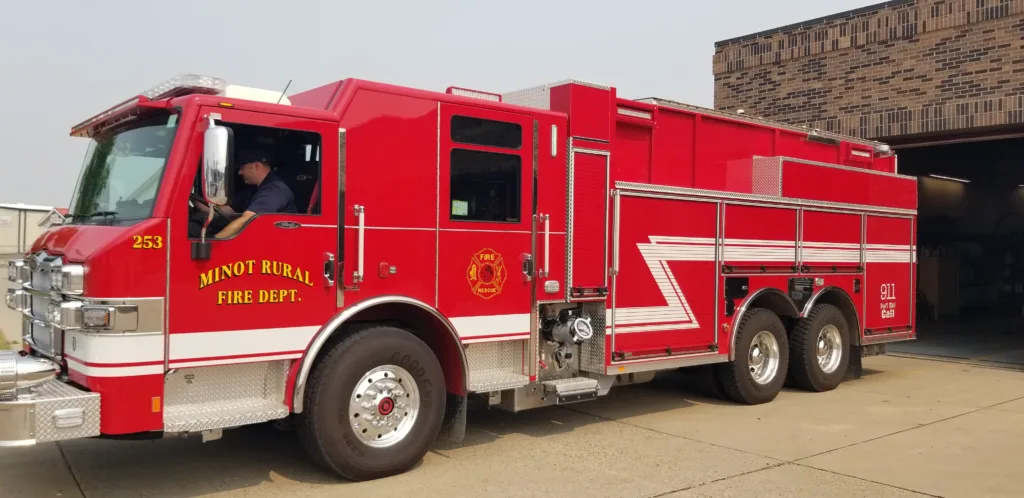

MINOT – The Minot Rural Fire Department is responsible for responding to calls for help over a 275 square mile area. While that is a large fire district, it’s not the absolute limit of the department.
“We’re willing to help everybody. We don’t care who puts the fire out as long as it gets put out,” said Josh Melom, firefighter 1, MRFD. “What’s most important is that people’s lives are saved, and no one is injured.”
The staff of the MFRD consists of Fire Chief Rex Weltikol, four full-time firefighters, and several volunteers. MRFD’s main station is located on Minot’s south edge. A second fire station is located north on U.S. Highway 83 near the Enerbase convenience store.
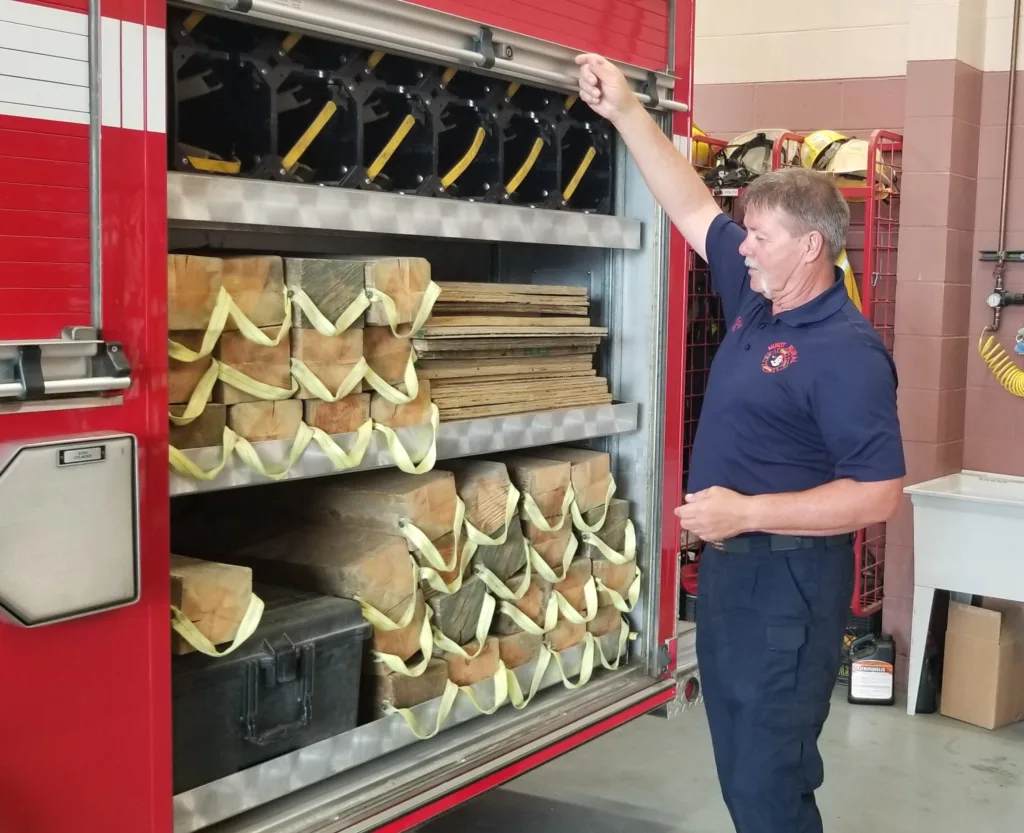
“We have the same capabilities at both stations,” said Melom. “They have pretty much the same equipment we have here at the south station. The goal is to have a quicker response.”
Because emergencies know no boundaries, MRFD necessarily works closely with area volunteer fire departments, such as Burlington, Surrey, and Glenburn. They also have a mutual aid agreement with the City of Minot Fire Department.
“We have really strong relationships with neighboring departments. If there’s a fire going everybody knows we’re willing to help out,” stated Melom.
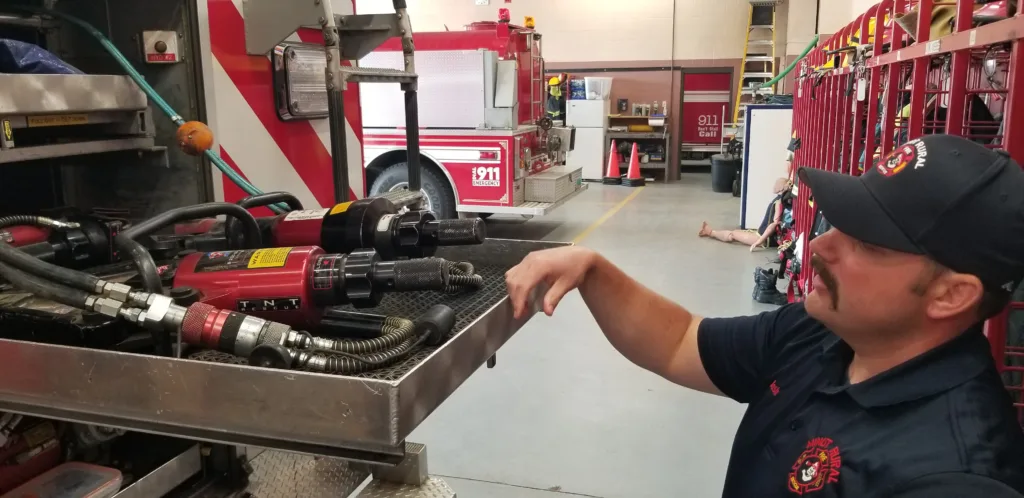
While the full-time firefighters handle a wide variety of calls, many of them medical in nature, MRFD is an “all hazard” department.
“Whatever goes wrong, structure fires, grass fires, hazardous material incidents, we have the capability to handle it,” said Melom.
Response includes relying on dedicated and trained volunteers who are often called upon at a moment's notice, leaving their regular employment or family obligations to report to the MRFD station seeking assistance.
“Emergencies happen 24/7. These guys sacrifice a lot to help us out and do what we need to do,” said Melom. “Our volunteers are all part of the same family. We work together really well.”
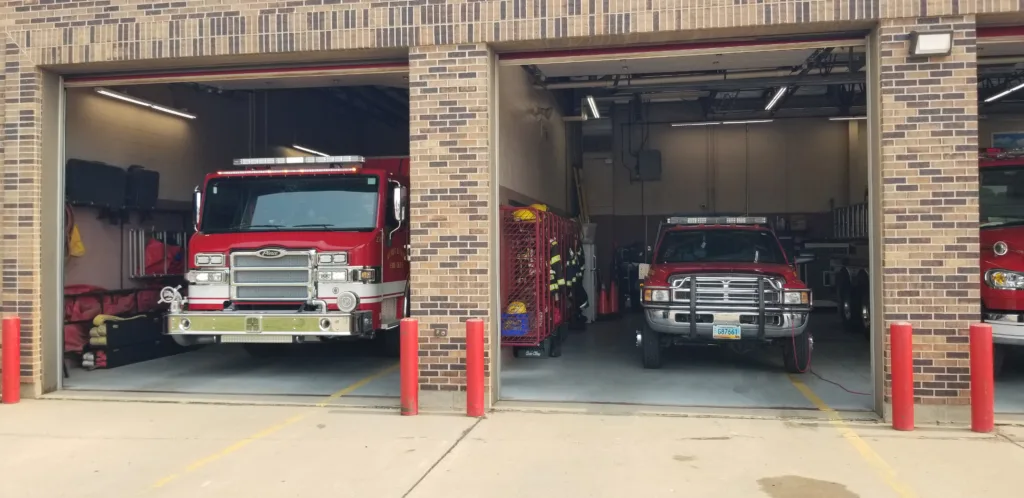
Volunteer firefighters are paid per call. Most go through the same training as full-time firefighters and have a knowledge of firefighting equipment and applications. They also have a desire to help others when they most need it. It’s what Melom describes as a “public servant’s heart.”
“You’ve got to be trained and ready to go, to make a difference in somebody’s day,” said Melom. “We want to do things effectively and efficiently with our highest priority life safety, to make somebody’s life better with a goal that everybody goes home.”
Having the right equipment on the road when responding to any emergency is vital to the capabilities of the MRFD. Among the equipment they have ready to use at all times are rescue trucks, tankers, dual purpose engines that are both tankers and pumpers, and grass fire trucks.
“We can put 9-12 thousand gallons of water on the road and carry drop tanks to use when we need to,” said Melom, noting that access to water needed for firefighting is not always readily available in rural areas.
Fire departments are famous for keeping their equipment in top condition. MRFD is no different, from keeping fire engines bright and shiny to the smallest details with less visible equipment.
“We want the public to know that if they need us, we’re coming. And we’re going to look professional doing it,” said Melom.
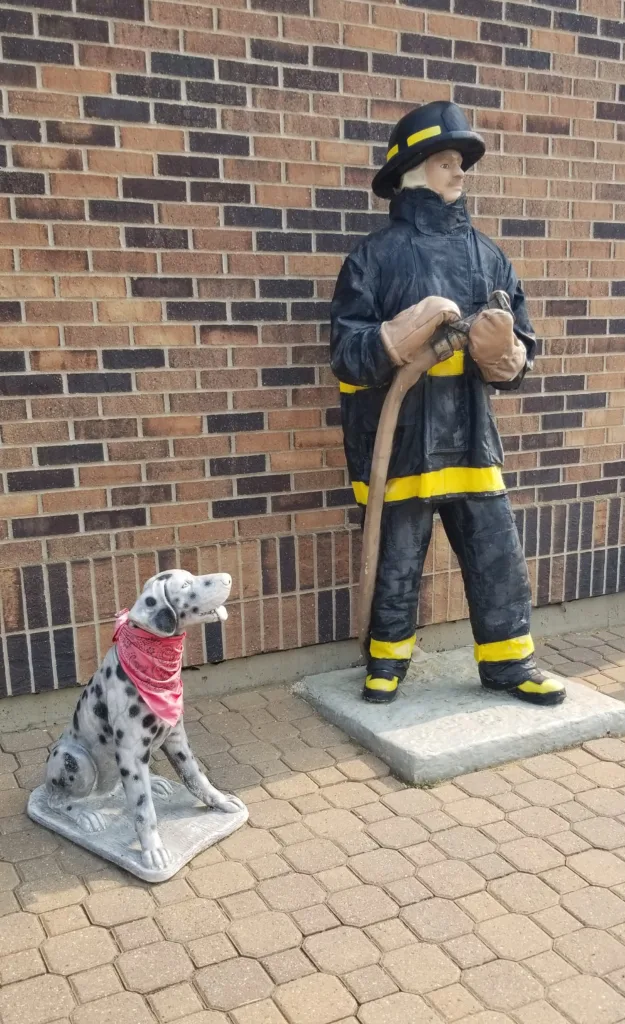
From the MRFD website:
The Minot Rural Fire Department is a volunteer organization governed by the Minot Rural Fire Protection District Board of Directors. The Fire Department has a paid Fire Chief and a volunteer membership of 40 firefighters and 3 dispatchers. The Fire Department has its own executive board comprised of active member firefighters. There are committees that work on projects within the fire dept that report to the fire dept. board at regular monthly meetings. We utilize a two way VHF radio and paging system through our repeater and tower, and we are initially dispatched by Minot Central Dispatch. Our dispatchers also respond to calls and relieve Minot Central Dispatch by manning our base station located within the Minot Rural Fire Department. We respond to structure fires, wildland/grass fires, vehicle accidents, hazardous materials incidents and various service calls. The Department holds two monthly trainings on the second and last Wednesday of each month. We also conduct a business meeting every month which is held prior to the last Wednesday training.